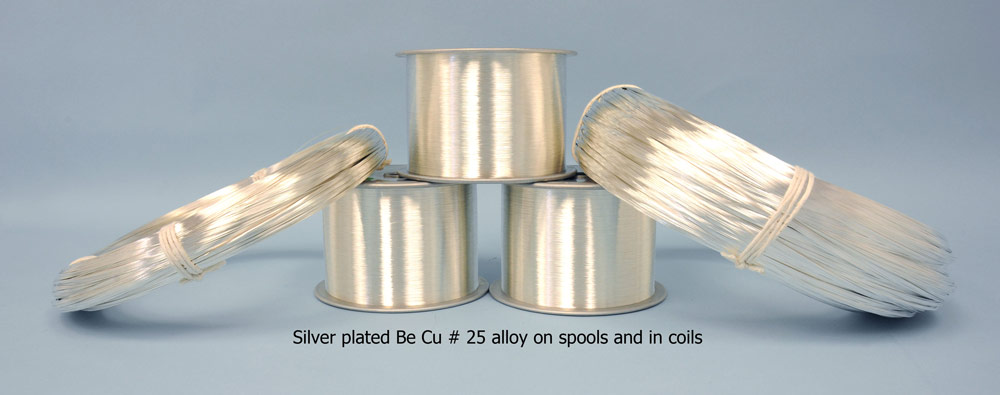 The perfect plating finish is essential for engineers and designers working on new electronic projects. When choosing the right plated wire, understanding the differences, benefits, and best applications for various plating finishes is crucial. This comprehensive guide will delve into five plating finishes, including Tin, Tin/Lead, Nickel, Silver, and Gold, and provide real-world examples to help you make the best choice for your application.
The perfect plating finish is essential for engineers and designers working on new electronic projects. When choosing the right plated wire, understanding the differences, benefits, and best applications for various plating finishes is crucial. This comprehensive guide will delve into five plating finishes, including Tin, Tin/Lead, Nickel, Silver, and Gold, and provide real-world examples to help you make the best choice for your application.
Tin
Tin plating is popular for its excellent solderability, corrosion resistance, and low cost. It is widely used in electronics for connections and terminations.
- Mil T 10727: This military standard for tin plating ensures a consistent and reliable finish, ideal for applications that require durability and performance under various environmental conditions.
- ASTM B545: This standard for tin electroplating is widely used in the commercial industry, ensuring the plating meets specific requirements for thickness, appearance, and adhesion.
Tin/Lead
Tin/Lead alloys are utilized for their superior solderability and thermal fatigue resistance compared to pure tin. However, due to the presence of lead, they are being phased out in many industries to comply with environmental regulations such as RoHS.
- ASTM B579: This standard covers tin-lead plating, specifying thickness, composition, and adhesion requirements.
- Mil P 81728 (95/5, 90/10, 60/40): This military standard covers tin-lead plating with various alloy compositions, ensuring consistency and quality in high-reliability applications.
Nickel
Nickel plating provides good corrosion resistance, wear resistance, and high-temperature performance. It is often used as a barrier layer between other platings to prevent metal migration and galvanic corrosion.
- QQ N 290: This standard for nickel plating ensures a consistent and reliable finish for various applications.
- ASTM B689: This standard for nickel electroplating covers requirements for thickness, appearance, and adhesion in commercial applications.
- ASTM B355: This standard covers nickel and nickel alloy electrodeposited coatings on substrates used for various applications.
Silver
Silver plating offers excellent conductivity, thermal conductivity, and corrosion resistance. Silver plated wire is ideal for applications that need low contact resistance and high electrical performance. Silver plating is often used for high-frequency RF connectors and high-current applications, such as power distribution systems.
- ASTM B700: This standard for silver electroplating ensures a consistent and reliable finish for various applications.
- ASTM B298: This standard covers silver coating requirements for electrical contact applications.
Gold
Gold plating provides excellent conductivity, corrosion resistance, and low contact resistance. It is often used in applications that require reliable and consistent performance in harsh environments. Gold plating is often used in high-reliability applications such as connectors in aerospace, medical devices, and telecommunication systems, where long-term performance and reliability are critical.
- Mil G 45204: This military standard for gold plating ensures a consistent and reliable finish for high-reliability applications.
- Mil DTL 45204D: This detailed military specification for gold plating covers various requirements, including thickness, purity, and adhesion.
- ASTM B488: This standard for gold electroplating covers requirements for thickness, appearance, and adhesion for commercial and industrial applications.
Choosing the right plating finish for your electronic project is crucial for ensuring optimal performance, durability, and reliability. By understanding the differences, benefits, and best applications for each plating finish, engineers and designers can make informed decisions tailored to their specific needs. Whether it’s Tin, Tin/Lead, Nickel, Silver, or Gold, selecting the appropriate plating finish will significantly impact the overall success of your electronic design. When deciding, consider factors such as solderability, corrosion resistance, wear resistance, and conductivity.

 Technical Data
Technical Data


